Hitlers Wehrmacht
19351945
FOREIGN MILITARY STUDIES
History is replete with examples of notable military campaigns and exceptional military leaders and theorists. Military professionals and students of the art and science of war cannot afford to ignore these sources of knowledge or limit their studies to the history of the U.S. armed forces. This series features original works, translations, and reprints of classics outside the American canon that promote a deeper understanding of international military theory and practice.
SERIES EDITOR: Roger Cirillo
An AUSA Book
HITLERS
WEHRMACHT

1935 1945

ROLF-DIETER MLLER
Translated by Janice W. Ancker
Due to variations in the technical specifications of different electronic reading devices, some elements of this ebook may not appear as they do in the print edition. Readers are encouraged to experiment with user settings for optimum results.
2016 Walter de Gruyter GmbH Berlin Boston. All rights reserved.
This work may not be translated or copied in whole or part without the written permission of the publisher (Walter De Gruyter GmbH, Genthiner Strae 13, 10785 Berlin, Germany).
Published by The University Press of Kentucky,
scholarly publisher for the Commonwealth,
serving Bellarmine University, Berea College, Centre College of Kentucky, Eastern Kentucky University, The Filson Historical Society, Georgetown College, Kentucky Historical Society, Kentucky State University, Morehead State University, Murray State University, Northern Kentucky University, Transylvania University, University of Kentucky, University of Louisville, and Western Kentucky University.
Editorial and Sales Offices: The University Press of Kentucky
663 South Limestone Street, Lexington, Kentucky 40508-4008
www.kentuckypress.com
All maps and figures ZMSBw.
Cataloging-in-Publication data is available from the Library of Congress.
ISBN 978-0-8131-6738-1 (hardcover : alk. paper)
ISBN 978-0-8131-6805-0 (epub)
ISBN 978-0-8131-6804-3 (pdf)
This book is printed on acid-free paper meeting the requirements of the American National Standard for Permanence in Paper for Printed Library Materials.
Manufactured in the United States of America.
| Member of the Association of
American University Presses |
Contents
Illustrations
Maps
German and Allied operational plans, 1940
Front line, November 1942April 1945
Tables and Figures
Photographs
Translators Note
For his invaluable help with military historical and operational insights, I wish to thank my husband, Colonel (ret.) Clinton J. Ancker III, former assistant professor of military history at West Point and present director of the Combined Arms Doctrine Directorate, Fort Leavenworth, Kansas. Thanks also to the librarians at Combined Arms Research Library (CARL) at Fort Leavenworth; to Colonel Carsten Treder, the German liaison officer at Fort Leavenworth, for his ongoing help and support; and above all, thanks to Roger Cirillo for the opportunity to translate this book for the AUSA Book Program.
For the most part, German terms used in the text are defined in the endnotes. Some terms that may be familiar to readers are left in German and translated in parentheses within the text at their first use; in a few instances, an explanation of the term is included in the text between commas. In each case, the translators decision was based on the relative importance of the term or the readability factor. The terms Wehrmacht, Luftwaffe, and Kriegsmarine are typically not translated or italicized in military historical writings, and this work follows that practice; the more unfamiliar Heer is translated as army when it refers specifically to Germanys army. The term Fhrer is used to refer to Hitler, but in contrast to the original text, the quotation marks have been omitted. Certain German terms such as blitzkreig that have been adopted in English are not italicized; other terms such as Schwerpunkt and Auftragstaktik are defined in the notes but remain in German in the text.
German unit designations containing the word Panzer are left in the original form; however, lowercase panzer is used to refer only to German tanks. Ranks of German officers are left in the original Germanfor example, Feldmarschall, Generalleutnant. Names of German organizations are mostly given in English and translated in the notes.
In the original, the author sometimes used quotation marks around certain phrases but provided no specific citations for them. The translator used some discretion in this case and, where it seemed appropriate, omitted the quotation marks for the sake of readability. Insertions by the translator for clarification or in the case of unclear references in the original text are placed in brackets. In a few places, this was done without brackets as a silent correction.
In German writing, the von is sometimes omitted from names such as von Manstein, as it is here. For consistency, NSDAP (Nationalsozialistische Deutsche Arbeiterpartei) is always rendered as Nazi Party (or simply the party) in this translation.
Abbreviations
ARP | air raid protection |
C-in-C | commander in chief |
flak | Flugabwehrkanone (antiaircraft cannon) |
GDR | German Democratic Republic (East Germany) |
Gestapo | Geheime Staatspolizei (government secret police) |
He | Heinkel (aircraft manufacturer) |
HJ | Hitlerjugend (Hitler Youth) |
IRK | Internationales Rotes Kreuz (International Red Cross) |
Ju | Junkers (aircraft manufacturer) |
k.v. | kriegsverwendungsfhig (militarily deployable) |
MG | Maschinengewehr (machine gun) |
MGFA | Militrgeschichtliches Forschungsamt (Military History Research Office) |


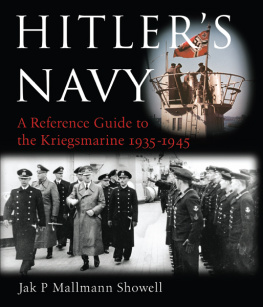

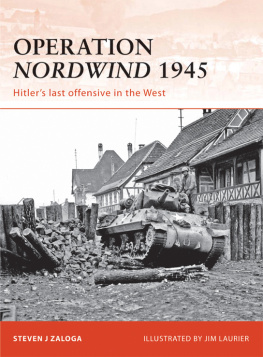
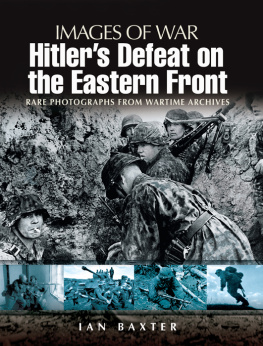

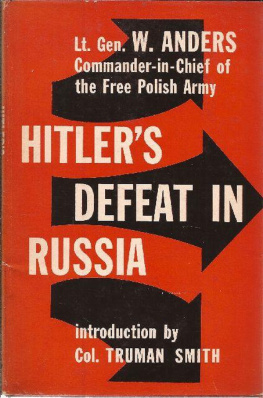
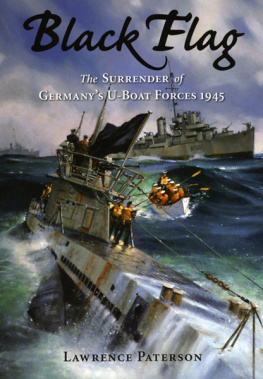

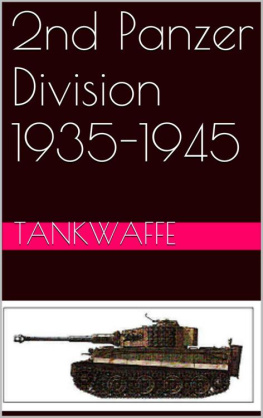
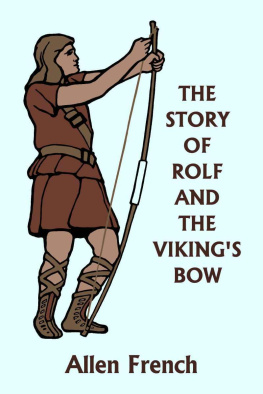


 1935 1945
1935 1945 

